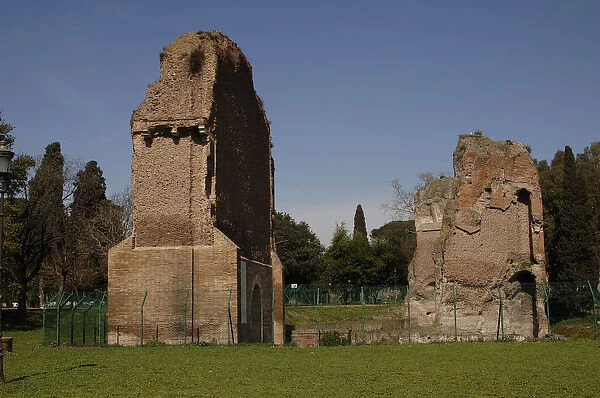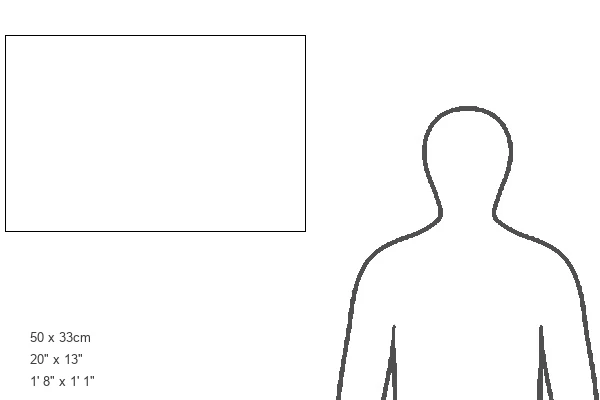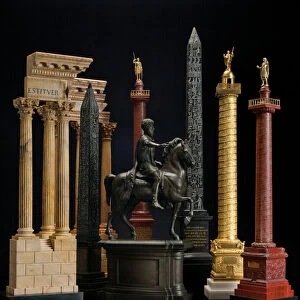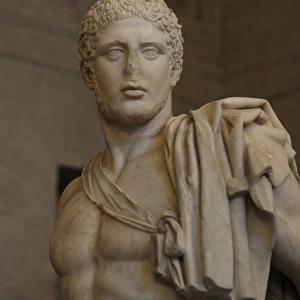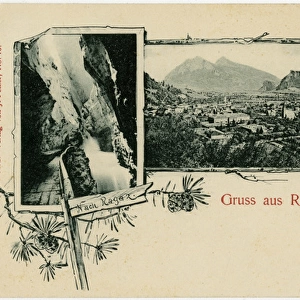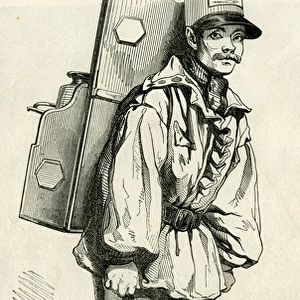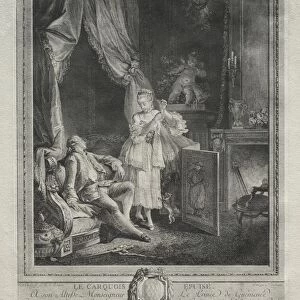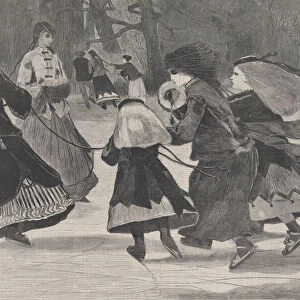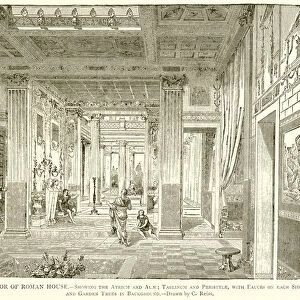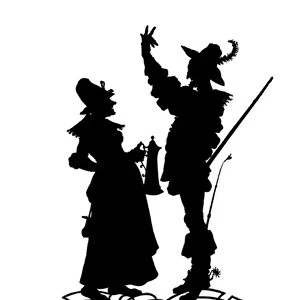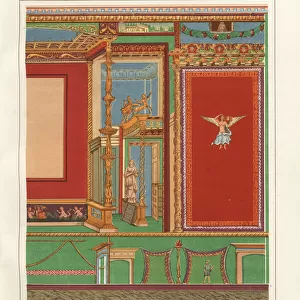Tote Bag : Domus Aurea (Golden House). Rome. Italy
![]()

Home Decor from Mary Evans Picture Library
Domus Aurea (Golden House). Rome. Italy
Domus Aurea (Golden House). Villa built by the Emperor Nero after the great fire between 64-68 A.C. Rome. Italy
Mary Evans Picture Library makes available wonderful images created for people to enjoy over the centuries
Media ID 14333784
© Thaliastock / Mary Evans
Archeology Augustus Aurea Brick Caesar Claudius Concrete Domus Germanicus Nero Villa
Canvas Tote Bag
Our tote bags are made from soft, durable, poly-poplin fabric and include a one inch (2.5cm) black strap for easy carrying on your shoulder. All seams are double-stitched for added durability. Each tote bag is machine-washable in cold water and is printed on both sides using the same image. Approximate size of bag is 50x33cm (20"x13")
Our tote bags are made from soft durable fabric and include a strap for easy carrying
Estimated Product Size is 50cm x 32.7cm (19.7" x 12.9")
These are individually made so all sizes are approximate
EDITORS COMMENTS
Domus Aurea, or the Golden House, is an awe-inspiring archaeological site located in the heart of Rome, Italy. This grand villa was built by the infamous Roman Emperor Nero between 64-68 AD, following the devastating fire that engulfed a significant portion of the city. Nero, known for his extravagance and controversial reign, spared no expense in constructing this opulent residence, which was said to be adorned with gold, precious stones, and exotic materials imported from around the empire. The Domus Aurea was not just a private residence, but a vast complex that included various leisure facilities, such as a lake, a stadium, and a large banquet hall. The villa's design was revolutionary for its time, featuring innovative architectural elements, including the extensive use of concrete and bricks. The history of the Domus Aurea is intertwined with that of the Roman Empire's most famous emperors. Nero's successor, Emperor Claudius, is believed to have ordered the villa's destruction, and it was later buried beneath volcanic ash from the eruption of Mount Vesuvius in 79 AD. The site remained hidden for centuries until its rediscovery in the 15th century. Today, the Domus Aurea stands as a testament to the grandeur and innovation of ancient Rome. Visitors can explore the ruins and imagine the extravagant parties and luxurious lifestyle that once took place within its walls. The site's intricate frescoes, mosaics, and architectural features offer a glimpse into the rich history of the Roman Empire and the lives of its most powerful rulers, including Nero, Claudius, Augustus, and Germanicus.
MADE IN THE UK
Safe Shipping with 30 Day Money Back Guarantee
FREE PERSONALISATION*
We are proud to offer a range of customisation features including Personalised Captions, Color Filters and Picture Zoom Tools
SECURE PAYMENTS
We happily accept a wide range of payment options so you can pay for the things you need in the way that is most convenient for you
* Options may vary by product and licensing agreement. Zoomed Pictures can be adjusted in the Basket.


